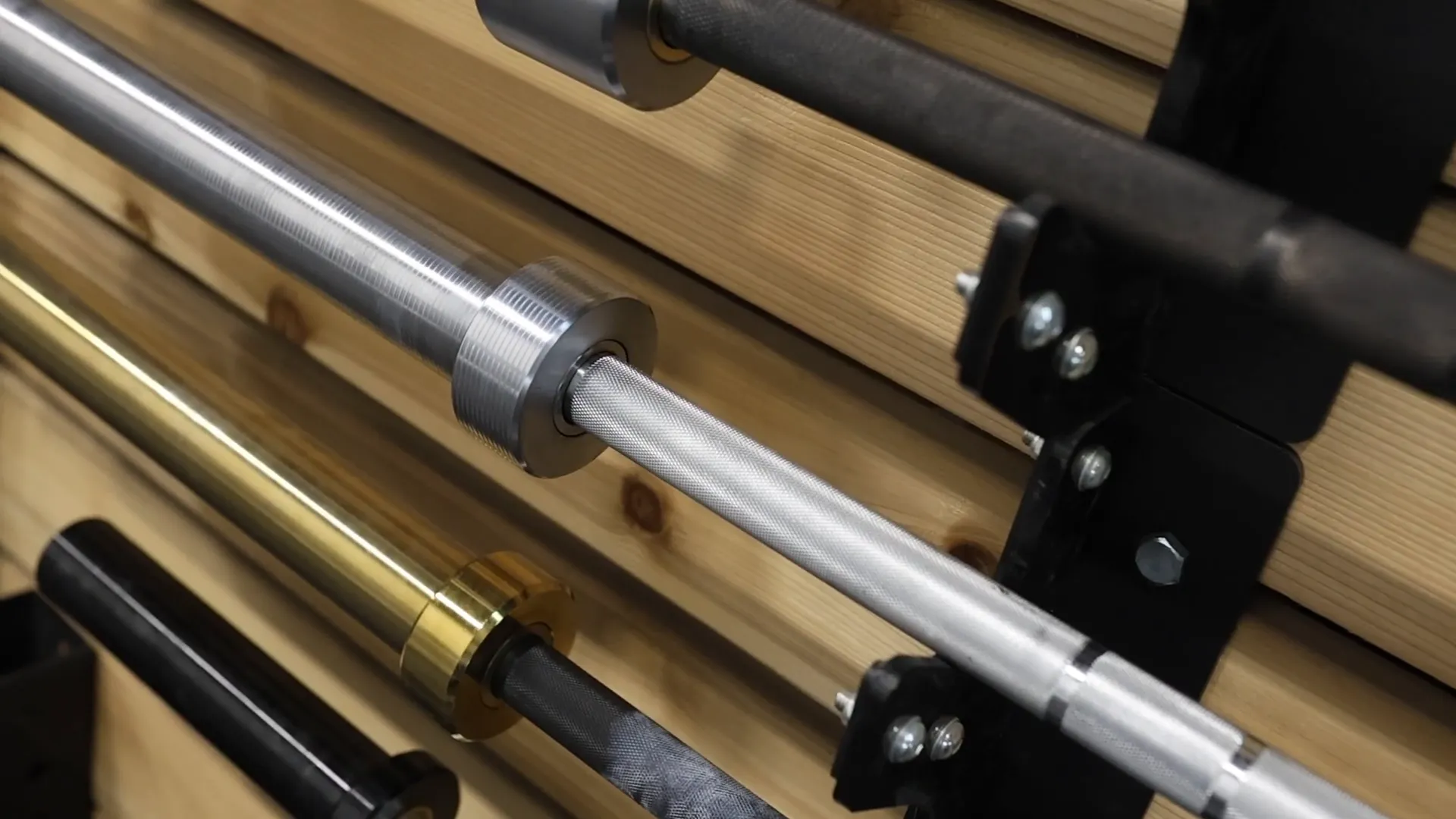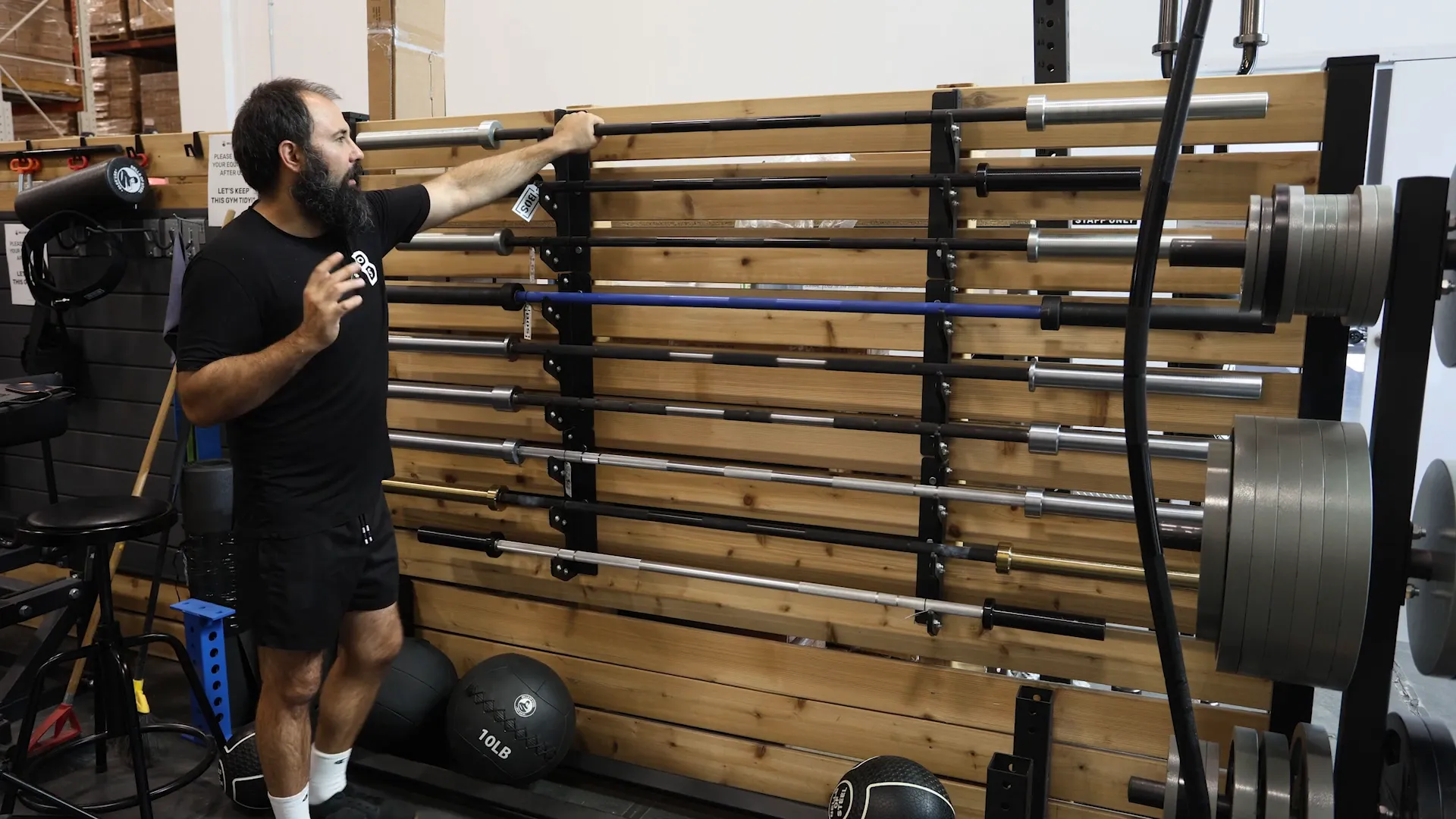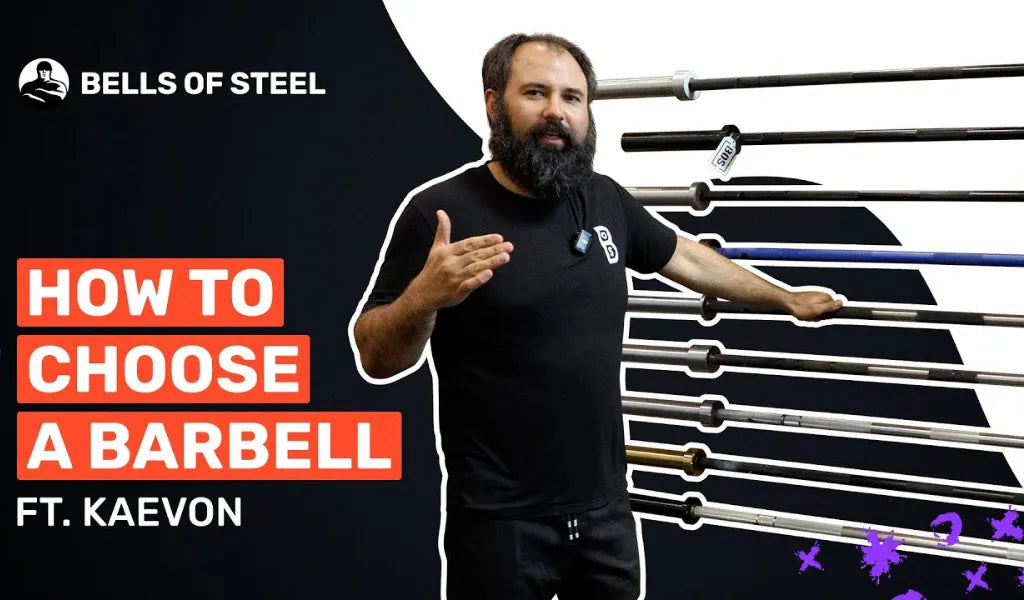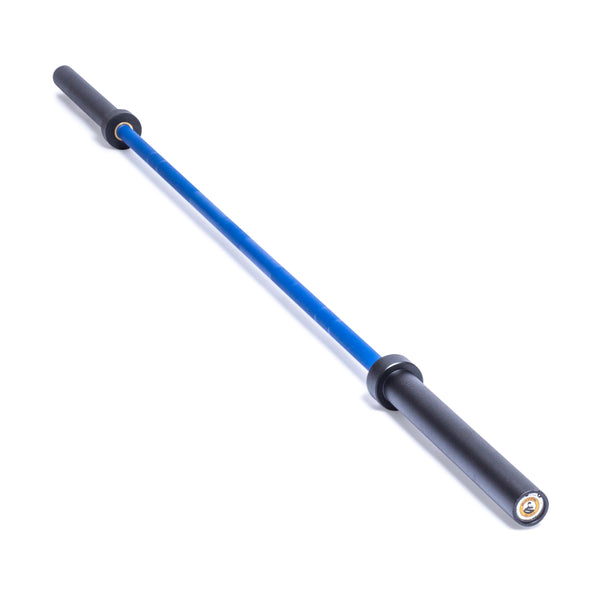When it comes to building a home gym, one of the most essential pieces of equipment is the barbell. Whether you're a seasoned lifter or just starting, selecting the right barbell can significantly impact your performance and results. In this guide, we will explore the different types of barbells, their unique features, and how to choose the best one for your needs. Let's dive in!
Table of Contents
- Understanding Barbell Types 🔍
- Olympic Lifting Bars 🏋️♀️
- Utility Bars ⚙️
- Specialized Variants of Barbells 🎯
- Choosing the Right Barbell for You 🏆
- Frequently Asked Questions (FAQ) ❓
- Conclusion: Elevate Your Home Gym Experience 🚀
Understanding Barbell Types 🔍
Barbells come in various types, each designed for specific training styles and exercises. Understanding these types will help you select the best barbell for your workouts. The three main types of barbells include powerlifting bars, Olympic lifting bars, and utility bars.
Powerlifting Bars 💪
Powerlifting bars are designed for three main lifts: the squat, bench press, and deadlift. These bars typically have a diameter of 29mm, which is standard in competitions. A crucial feature of powerlifting bars is their aggressive knurling, which provides a firm grip during heavy lifts.

The sleeves of these bars are designed with bushings, which means they do not rotate freely. This stability is essential when performing static lifts like squats or bench presses, where excessive rotation could lead to injury or improper form.
Additionally, powerlifting bars often have thin collars that allow for stacking more weight plates. This feature is particularly useful for competitive lifters who need to maximize their load. Overall, powerlifting bars are an excellent choice for those focused on building strength through heavy lifting.
Olympic Lifting Bars 🏋️♀️
Olympic lifting bars are tailored for dynamic lifts such as the clean and jerk and the snatch. Unlike powerlifting bars, Olympic bars have a diameter of 28mm and are designed for a higher degree of sleeve rotation.

This rotation is facilitated by needle bearings within the sleeves, allowing the bar to spin freely. This design minimizes stress on the wrists and enhances the lifter's ability to perform explosive movements. Olympic bars typically feature a more passive knurling to prevent tearing of the hands during high-rep workouts.
Another important feature of Olympic bars is the ridged sleeves, which help to keep weight plates secure during lifts. While collars should always be used, these ridges provide an extra layer of safety and stability.
Utility Bars ⚙️
Utility bars are versatile options that combine elements of both powerlifting and Olympic lifting bars. They typically have a diameter of 28.5mm, making them slightly thicker than Olympic bars but thinner than standard powerlifting bars.

These bars feature a more passive knurling, making them suitable for a variety of exercises beyond the big three lifts. Utility bars can be used for cleans, power cleans, and higher-rep movements, making them an excellent option for those looking to perform a range of workouts.
Utility bars often come with dual markings for both powerlifting and Olympic lifting, providing versatility for users. The coating on utility bars can vary, with options like black zinc and white zinc, offering durability and a sleek appearance.
Specialized Variants of Barbells 🎯
Within the main categories of barbells, there are specialized variants designed for specific training needs. Here are a few noteworthy examples:
- Short Utility Bars: These are compact versions of utility bars, ideal for those with limited space or for specific functional fitness events.
- Cerakote Bars: Known for their vibrant colors and durability, these bars are perfect for those who want a unique look while maintaining performance.
- Technique Bars: Lightweight aluminum bars designed for beginners or youth. They help users perfect their form without the risk of heavy weights.
Choosing the Right Barbell for You 🏆
When selecting a barbell for your home gym, consider the following factors:
- Training Goals: Identify whether your primary focus is powerlifting, Olympic lifting, or general fitness. This will guide your choice of barbell.
- Space Considerations: Ensure you have adequate space for the type of barbell you choose, especially if you opt for specialized or longer bars.
- Budget: Barbells come in various price ranges. Determine your budget before shopping to narrow down your options.
- Coating and Durability: Consider the coating of the barbell, as this can affect its grip and longevity. Options like bare steel, hardened chrome, and Cerakote offer different benefits.
Frequently Asked Questions (FAQ) ❓
What is the best type of barbell for beginners?
For beginners, a utility bar is often the best choice, as it offers versatility for various exercises and is suitable for different training styles.
How much weight can a standard barbell hold?
Most standard barbells can hold anywhere from 300 to 1,200 pounds, depending on the type and construction. Always check the manufacturer's specifications for maximum weight limits.
Do I need a powerlifting bar if I primarily focus on Olympic lifts?
No, if your focus is strictly on Olympic lifting, an Olympic barbell is more appropriate due to its design and features that support dynamic movements.
Can I use a utility bar for powerlifting?
While a utility bar can be used for powerlifting, it may not provide the same level of performance as a dedicated powerlifting bar. If powerlifting is your main focus, investing in a powerlifting bar is recommended.
Where can I find quality barbells?
For high-quality barbells, consider visiting Bells of Steel, which offers a variety of options to suit your home gym needs.
Conclusion: Elevate Your Home Gym Experience
Choosing the right barbell is a crucial step in building an effective home gym. By understanding the different types of barbells and their specific features, you can make an informed decision that aligns with your fitness goals.
Whether you opt for a powerlifting bar, Olympic lifting bar, or a utility bar, investing in quality equipment will enhance your training experience and help you achieve your fitness aspirations. Happy lifting!



